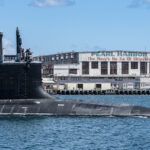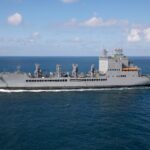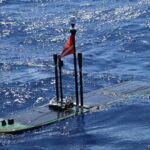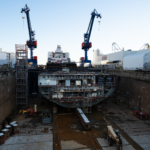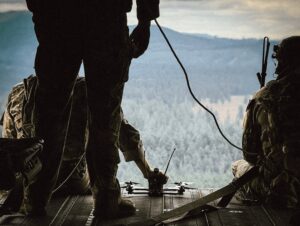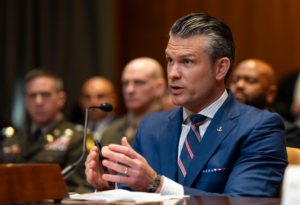
A U.S. Navy future vision paper, The Future Navy, released Wednesday lays out the need for a larger fleet and incorporating new technology, but it is reluctant to get specific on increased costs.Following the Navy’s December Force Structure Assessment (FSA) calling for a 355 ship fleet (Defense Daily, Dec. 16, 2016), Chief of Naval Operations (CNO) Adm. John Richardson previously said the paper would explain how the service intends to both expand the fleet and incorporate new technologies into it…

 By
By 